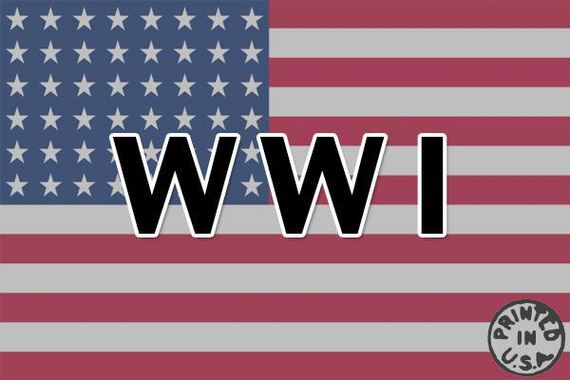
Most people know that Franz Ferdinand’s murder was the spark that began WWI, but did you know that he almost survived?
Several attempts were made on his life that day and it was only through a series of amazing coincidences that he was finally killed.
His car broke down in front of a sandwich shop in which one of the days failed assassins was eating his lunch. Lucky for the assassin, not so much for the Arch Duke, or all of Europe.
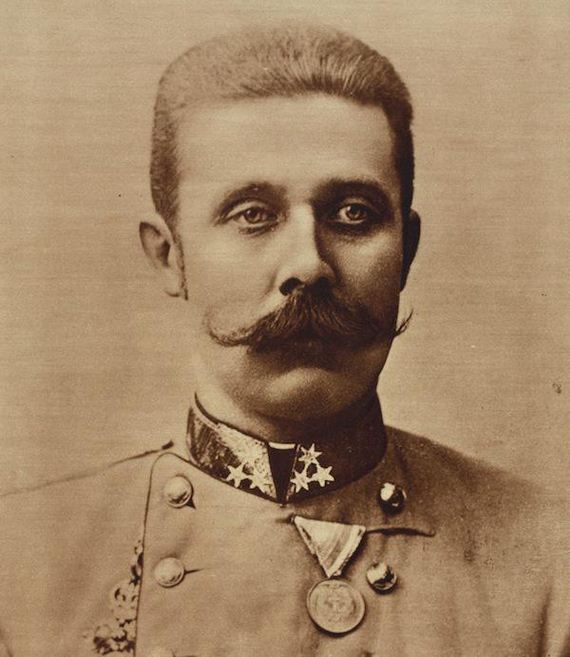
Before the United States entered WWI German was the 2nd most spoken and written language in the country. Some states tried to legislate a ban on the German language in schools. There was widespread anti German hysteria in the United States.
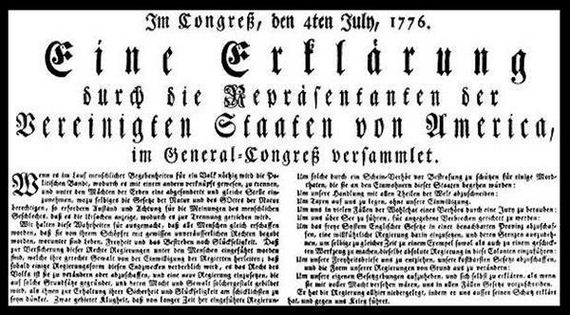
During WWI, some things were renamed to represent a more patriotic lean in the United States.
Hamburgers were renamed to Salisbury steak. Frankfurters were called liberty sausages. Dachshunds became liberty dogs, and many families changed their names to sound more American.
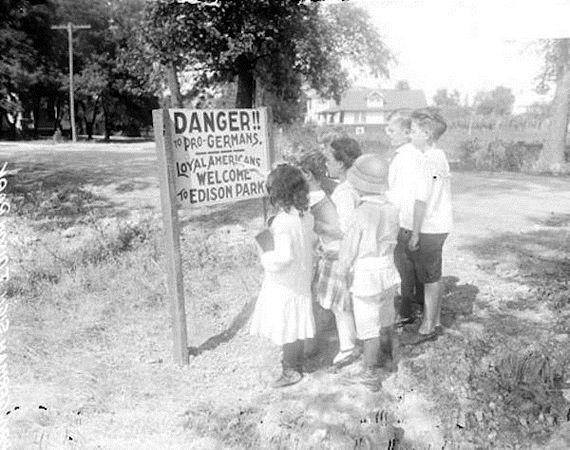
Soldiers in the trenches of The Great War swore by their superstition. Some believed that they fought along side phantom cavalrymen and others claimed to have seen angels above the trenches.
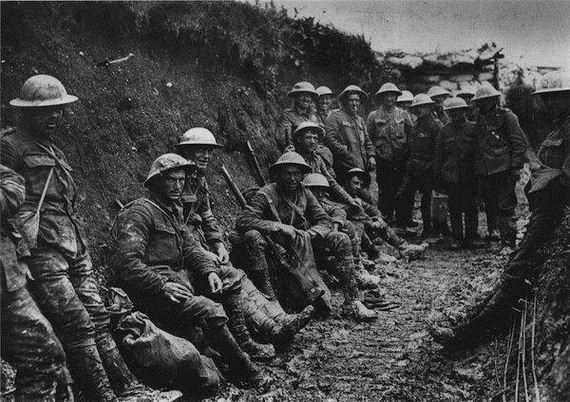
When the war began in 1914 the armies of Europe more closely resembled that of the era of Napoleon than the mechanized armies of World War 2. Soldiers wore no metal helmets and uniforms were colorful and easy to see over distances.
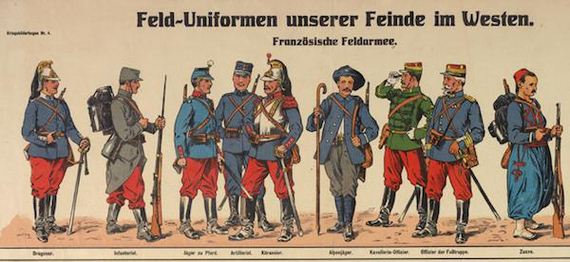
The Eiffel Tower was used to intercept German radio communications. One of the intercepted messages lead to the execution of the wars most famous supposed spy, the exotic dancer known as Mata Hari.
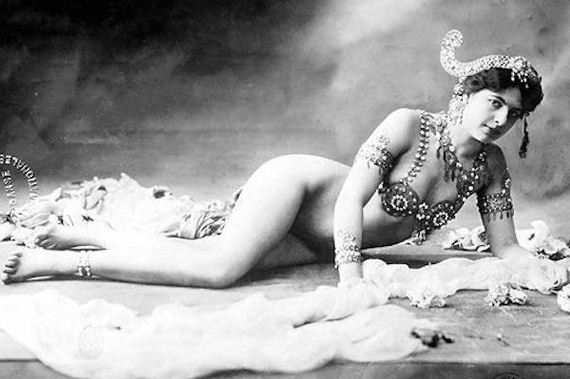
Disease accounted for more than a third of all casualties during the war.
More than 150,000 British soldiers left the war with venereal diseases from brothels
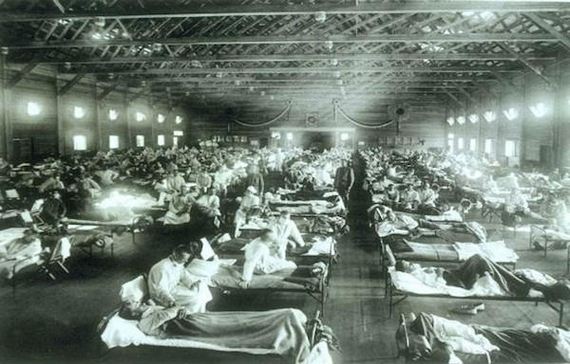
WWI saw many inventive ideas introduced in combat. Flamethrowers and tanks were both introduced to aid trench warfare.
The first flamethrowers were developed by Germany and could fire as far as 130 feet!
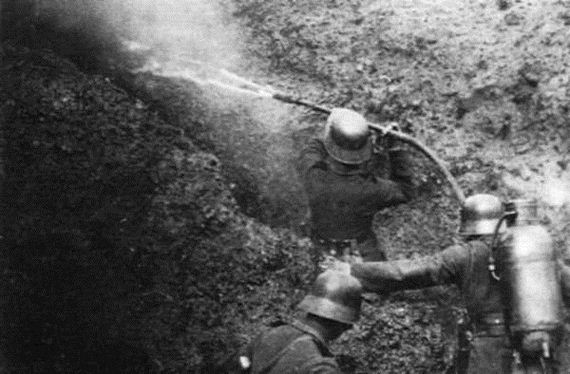
The name “tank” comes from the British code word for the vehicle.
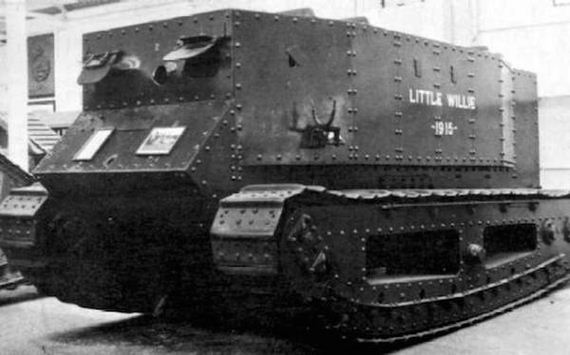
Tanks were split into 2 categories. Males, with cannons, and females armed with machine guns.
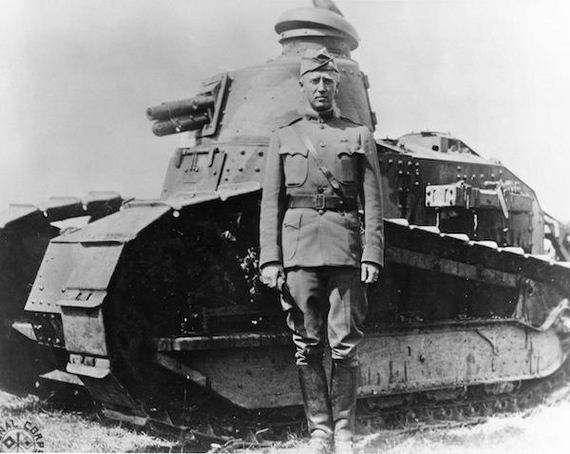
Before the invention of the gas mask soldiers would soak clothes in urine to protect their faces against chlorine gas attacks.
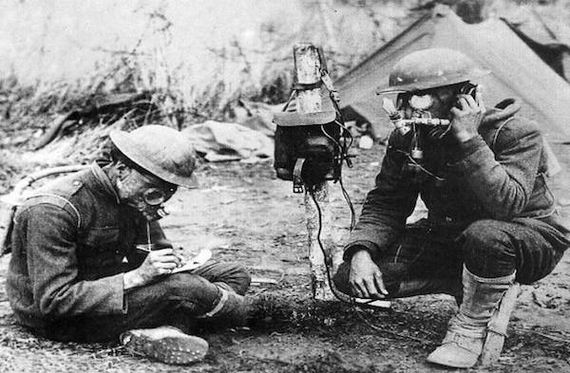
Animals served throughout the war. Dogs were used to deliver messages and connect telegraph wire.
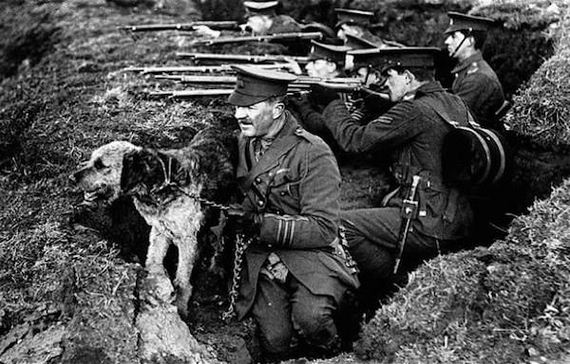
More than 500,000 pigeons were used by all sides. They would trained to deliver messages between the front lines and company headquarters.
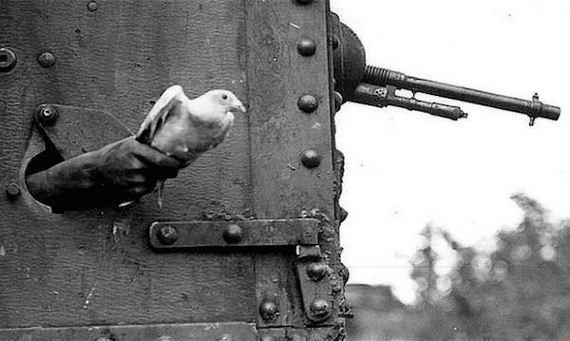
Horses were used to carry equipment, ride into battle, and when killed, the fat from their bodies would be used to make explosives. The British Army used more than 875,000 horses during the war.
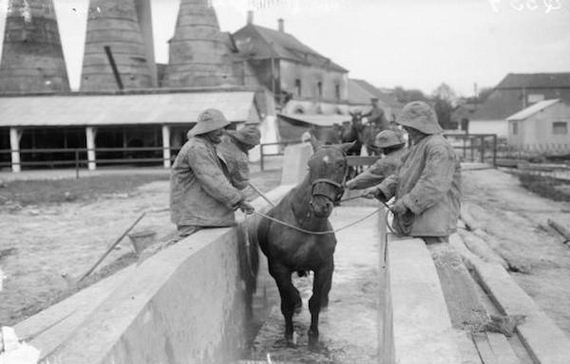
The most decorated American soldier of the war was Corporal Alvin C. York. He was awarded the Medal of Honor leading an attack on a German machine gun nest. He captured 132 German soldier in the attack. He even had a movie made based on his story, called Sergeant York
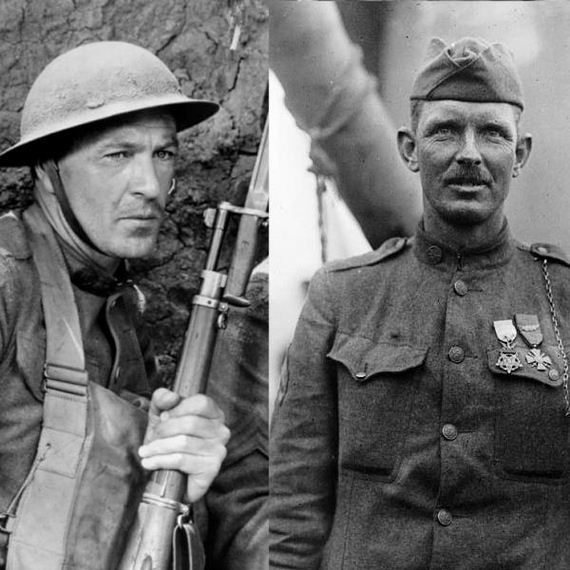
JRR Tolkien and Winnie the Pooh creator A.A. Milne both served during the war.
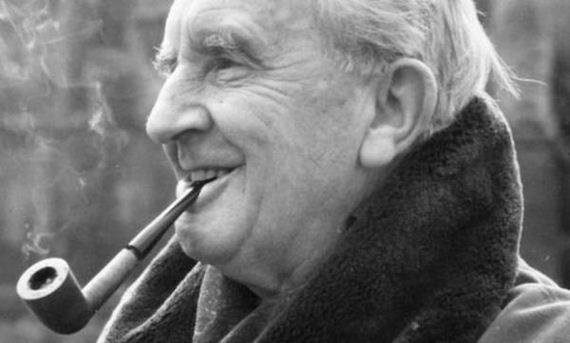
In England groups of men could enlist together and create ”Pals Battalions” made up of friends and men from the same area. While good for camaraderie, one poor battle could devastate an entire county.
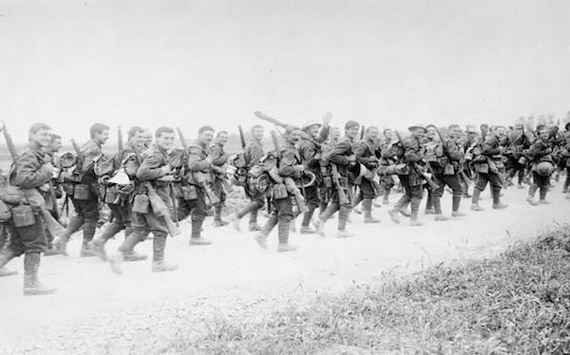
Great Britain and Germany boasted the two largest and most powerful Navy’s in the world but very few sea battles were fought. Both sides postured their forces to defend against the others assault while neither side attacked in fear of losing too many ships to repel a counter attack.
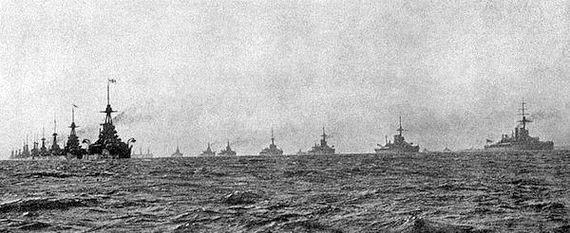
Fear of U-boat attacks were another reason for the sparing use of the British Navy. German U-boats were overwhelmingly effective but had to choose their targets carefully to avoid international outrage.
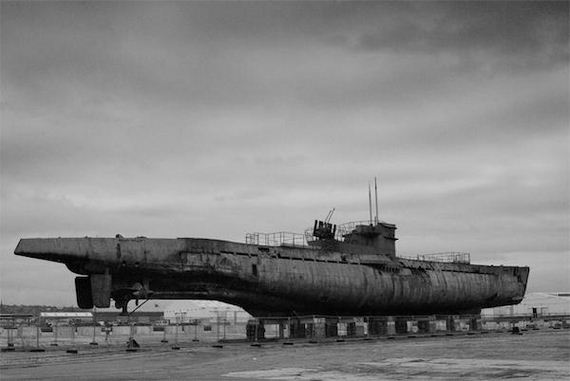
Eventually Germany began using U-boats to sink ships indiscriminately in an attempt to hurry the end of the war. This was used as the hot button issue that prompted the U.S. to enter the war.
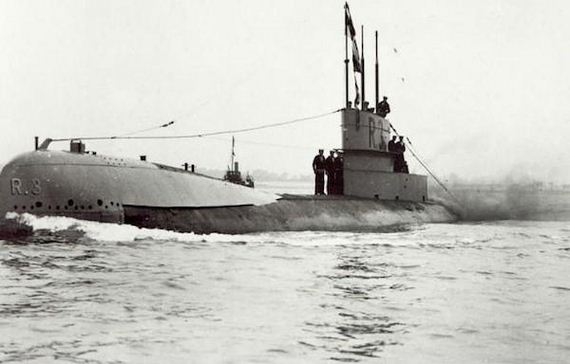
Russia left the war unofficially in 1917 as the country revolted against the Czar. Many of the revolutionary soldiers deserted the front to join in the revolution.
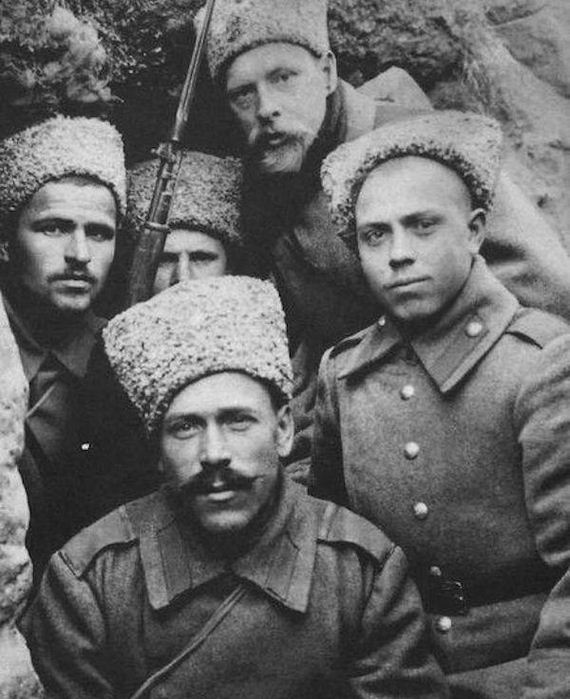
In a case of unfortunate timing for Germany, their decision to utilize full submarine warfare came one month before Russia began retreating from the war. Had they waited they may have avoided the United States joining and forced an allied peace agreement.
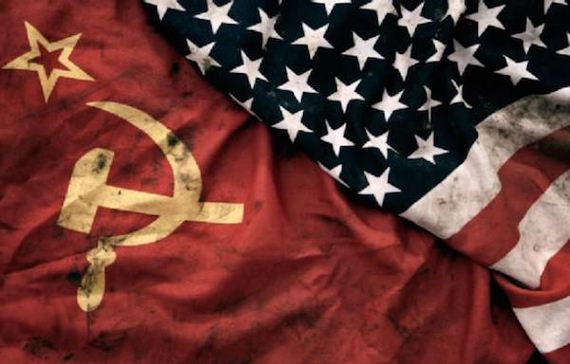
During Christmas in 1914 and unofficial truce sprung up across the western front sporadically. Men left their trenches, exchanged gifts and food with the enemy. There was even a football match played in No Mans Land, which Germany won 3-2. Measures were taken to ensure no such truce occurred again.
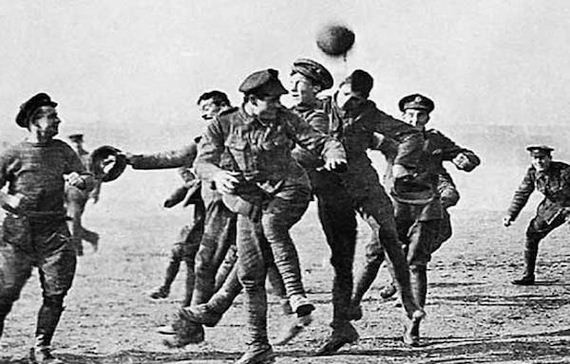
There was a proposed plan by Germany to invade the United States with the help of Mexico before the United States had officially entered the war. The plan, which was sent to Mexican officials, would have Mexican armies invade the United States and keep previously lost territory at the end of the war.
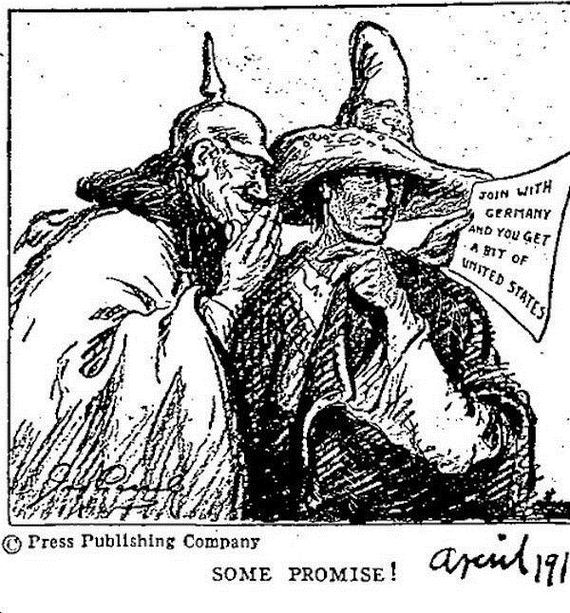
France was the first country to use chemical warfare in WWI, employing tear gas. Germany was the first to use lethal chlorine gas.
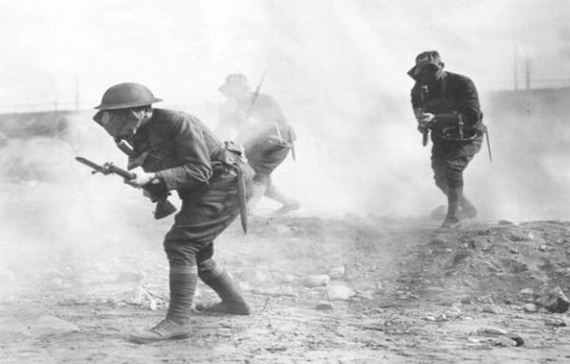
“Hello Girls” were multi-lingual women who served in Europe as telephone operators for allied forces.
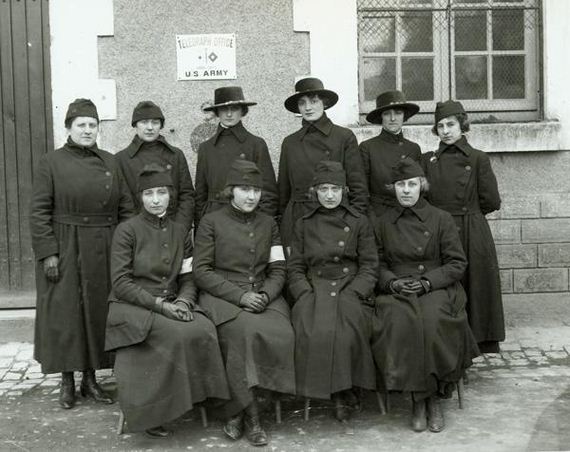
Though Adolph Hitler did fight in WWI, he fought for Bavaria. Not Germany as one might expect.
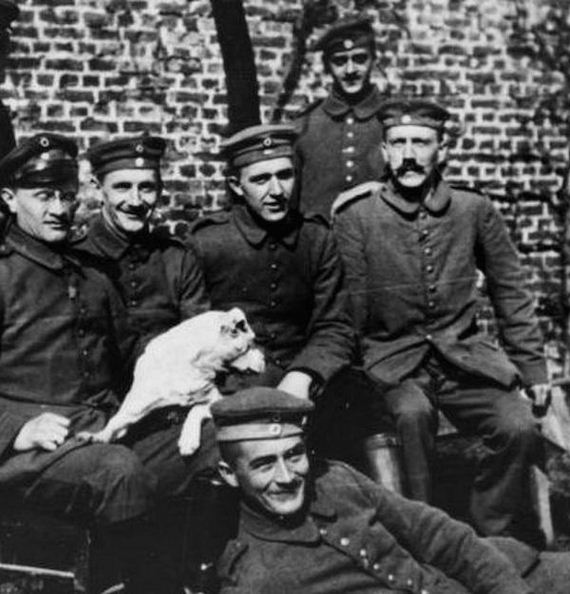
More than 65 million men fought for 30 countries in WWI and an estimated 6,000 men died every day.
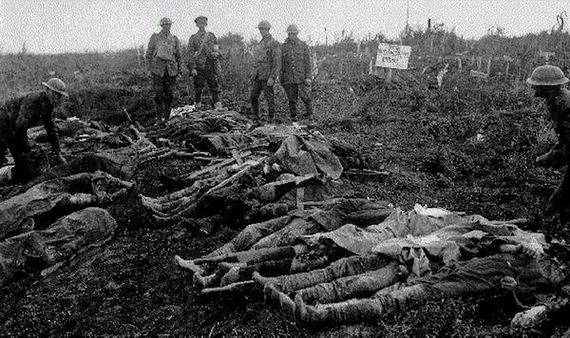
 Barnorama All Fun In The Barn
Barnorama All Fun In The Barn